Laser hair removal is known for its long-lasting results because it targets the hair directly in its follicle. However, for optimal results, it is necessary to undergo a certain number of sessions, most often between 6 and 8 sessions at a minimum. How many laser hair removal sessions are required?
This is the question that interests us here and which we have just partially answered.
To go further and to fully understand the entire process of laser hair removal treatment, it is also necessary to understand the hair cycle or hair growth cycle, and why, in some cases, this number of sessions can vary.
Why are multiple sessions necessary?
Depending on the hair growth cycle and the hairiness of the people who wish to start laser hair removal treatment, the practitioner estimates the duration of the treatment, however, this may vary depending on the results to be achieved.
How many laser hair removal sessions are required? Again, depending on the area being treated, the number of sessions required for successful treatment varies.
Better understand the hair growth cycle
The hair cycle consists of three phases:
- The anagen phase (hair growth): this is the main target of the laser.
- The catagen and telogen phases: which are the resting phases of hair regrowth, where the laser is less effective.
It is therefore important to treat the hairs at different times in order to reach all the hair follicles. Knowing that touch-ups will be necessary after the laser treatment, always and in accordance with this natural cycle which continues but which will, over time, be less frequent. So, for laser hair removal, how many sessions are required?
It will also depend on your skin type, your hairiness, and the area you are having treated.
Variability depending on the area treated
Depending on the areas being treated, there are also differences in the duration of the sessions for optimal treatment.
Indeed, between the face, legs, armpits, bikini line, torso or back, some of these areas require more sessions than others, this is the case for example of hormone-dependent areas like the face.
Average number of sessions for laser hair removal
As we have just said, the number of sessions of a laser hair removal treatment therefore depends on different factors to consider.
General estimate
On average, 6 to 8 sessions are required for lasting results. Factors that influence the number of treatment sessions include:
- Hair density and color .
- Skin type (Fitzpatrick classification).
- Sensitivity of the area to be treated.
Specific cases depending on the areas
- Underarms and bikini line: approximately 6 sessions for a significant reduction.
- Legs: generally 6 to 8 sessions due to hair density.
- Face: May require 8 to 12 sessions due to the impact of hormones.
Interval between sessions
Recommended time
- Initial spacing: 4 to 6 weeks between the first sessions.
- Later spacing: up to 8 to 12 weeks when regrowth slows.
Why respect deadlines?
- Helps target new hairs in the anagen phase.
- Promotes longer lasting results by limiting follicle stimulation.
What factors influence the number of sessions?

Other factors also influence the number of sessions in a laser hair removal treatment, so when you ask yourself how many laser hair removal sessions will I have?
You should consider these factors that influence the response, namely: skin and hair types, hormonal areas and the technologies that are used during treatment.
Skin and hair types
- Light skin with dark hair responds best to laser.
- Darker skin tones require power adjustment to avoid risks.
Hormonal zones
- Areas influenced by hormones (face, stomach) which therefore require more sessions.
Technology used
Comparison of different types of lasers, namely: diode laser , alexandrite laser, Nd:YAG laser.
- Diode laser: wavelength 800 nm
The diode laser with its much deeper wavelength offers the perfect balance between effectiveness and safety, for all skin types.
- Alexandrite laser: wavelength 755 nm
This type of laser is effective on light skin and therefore not suitable for dark skin.
- Nd:YAG laser: wavelength 1064 nm
This type of laser is suitable for very dark skin but it is not as precise as the diode laser.
Tips for optimizing the number of sessions
To have the best chance of success with laser hair removal treatment, you must follow the instructions and recommendations made by your practitioner before carrying out a laser session.
Preparation before the session
- Shave the area to be treated 24 hours beforehand, no hair removal, only shaving is prescribed.
- Avoid sun exposure, tanned skin, sunburned skin, may not be treated, which delays the duration of treatment.
- Do not apply oily or perfumed products to the skin before the session.
Follow-up after the session
- Moisturize the skin to reduce irritation.
- Avoid sun exposure and apply total sunscreen for several days.
- Avoid hot baths or showers after a session.
Contact a qualified professional
- For laser hair removal treatment, it's essential to choose a specialized center with modern technology to ensure effectiveness and safety. You can choose between a specialized beauty salon, such as sssKin , a beauty center, or even a cosmetic clinic.
Benefits of rigorous session monitoring
By respecting the treatment instructions, the time between sessions, the sessions over time will allow:
- Optimal long-term hair reduction.
- Least regrowth between sessions.
- Best profitability thanks to a reduced number of sessions required.
Conclusion
Our initial question was about the number of laser hair removal sessions to plan for a laser hair removal treatment.
As you have seen, several factors come into play to be able to approximately determine, and initially, the duration of the laser treatment. Among the determining factors are the skin type, the density of the hair, the area to be treated, the laser that will be used, and, all of this allows the practitioner to give his patient an approximate treatment duration.
For a personalized diagnosis, to discover suitable offers, for a laser hair removal treatment which includes all the methods and the latest lasers, we advise you to contact the sssKin institute .
Frequently Asked Questions
How long should I wait between two laser hair removal sessions?
Most often, the ideal time between two laser sessions is 4 to 8 weeks. For the first sessions, where hair density is higher, the doctor often chooses a relatively short time. The length of time between sessions will vary over time; it is the practitioner who decides this time.
How many laser hair removal sessions do I need?
This number can vary depending on different factors to consider, skin type, hair type, depending on the area to be treated, so everyone's needs are very different in a laser hair removal treatment.
On average, you should plan between 6 and 8 sessions for areas where the hair is thick and dark (half-legs, bikini line, armpits) and around 10 sessions for the forearms or thighs, often even more for the face.
How often should I have laser hair removal?
It's difficult to determine the exact number of sessions required for laser hair removal. It depends on key factors that must be considered for each individual, the areas being treated, and the technologies used.
When to stop laser hair removal?
The duration of laser hair removal treatment corresponds to the duration of a hair growth cycle.
The hair cycle of a woman with mature hair lasts approximately 15 to 18 months and that of a man with mature hair lasts approximately 18 to 24 months.
Which is better: laser or pulsed light?
The laser is more precise, using a concentrated and selective wavelength. The hair follicle is then effectively disintegrated. Pulsed light uses a very broad spectrum, making it significantly less precise than laser.



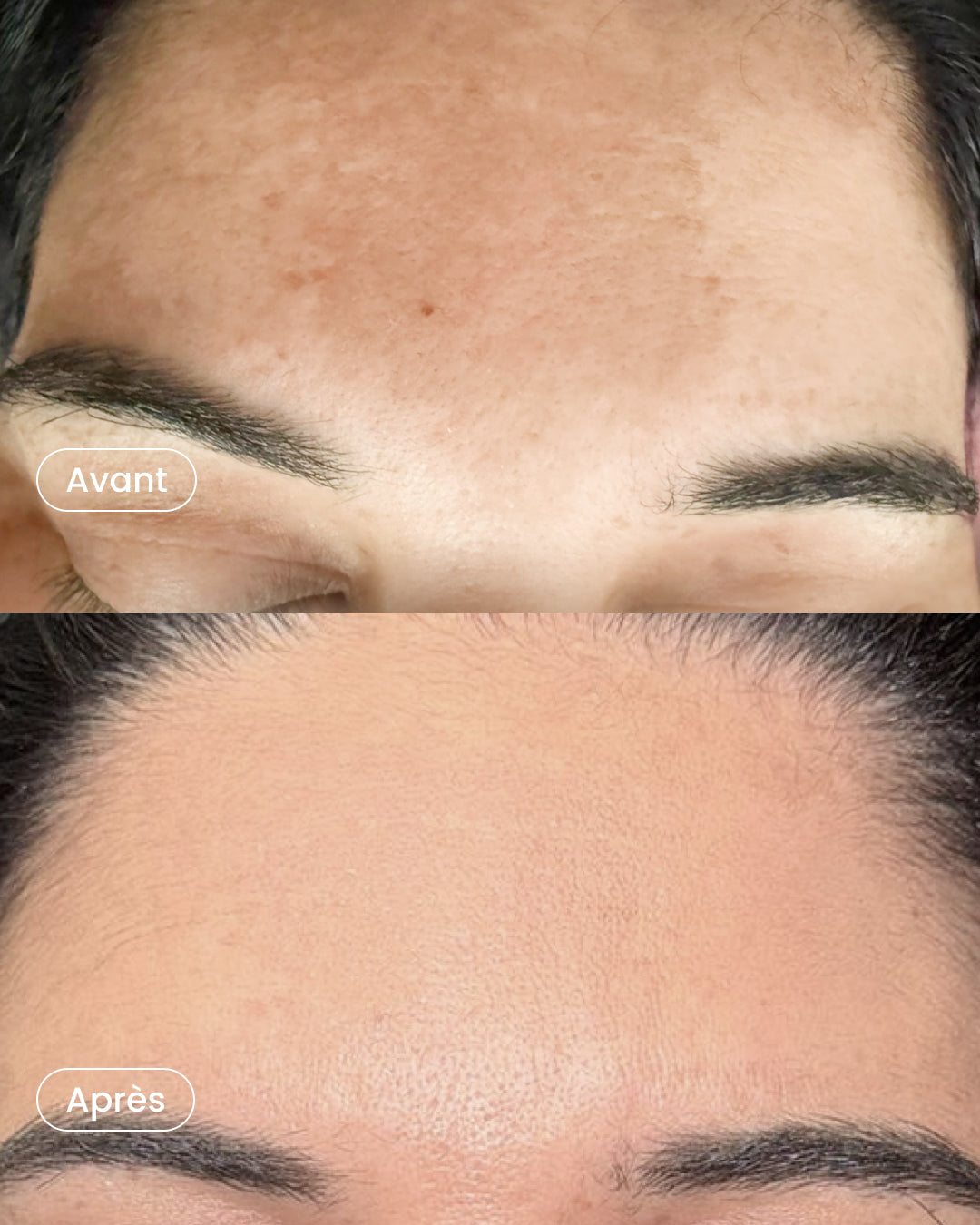
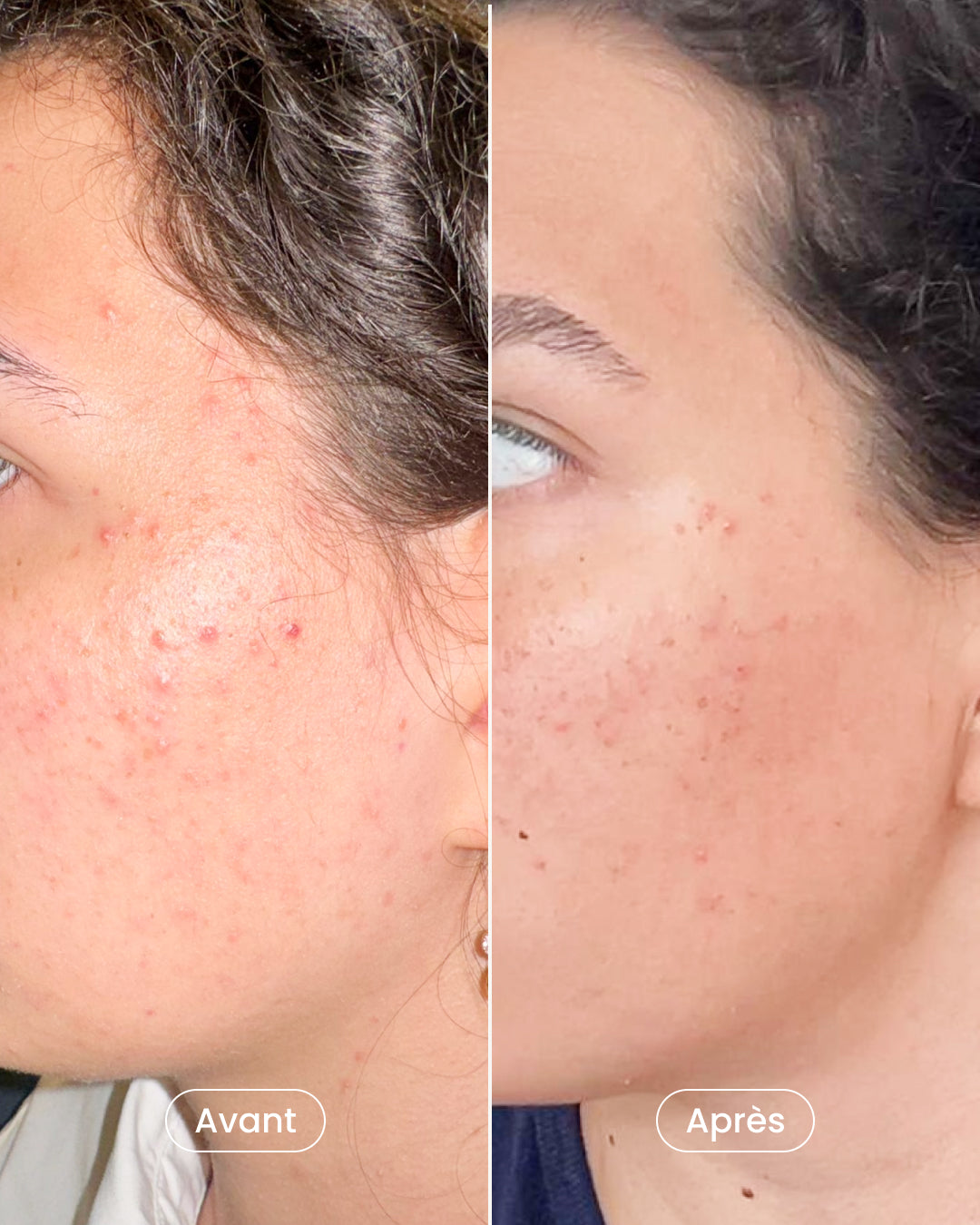



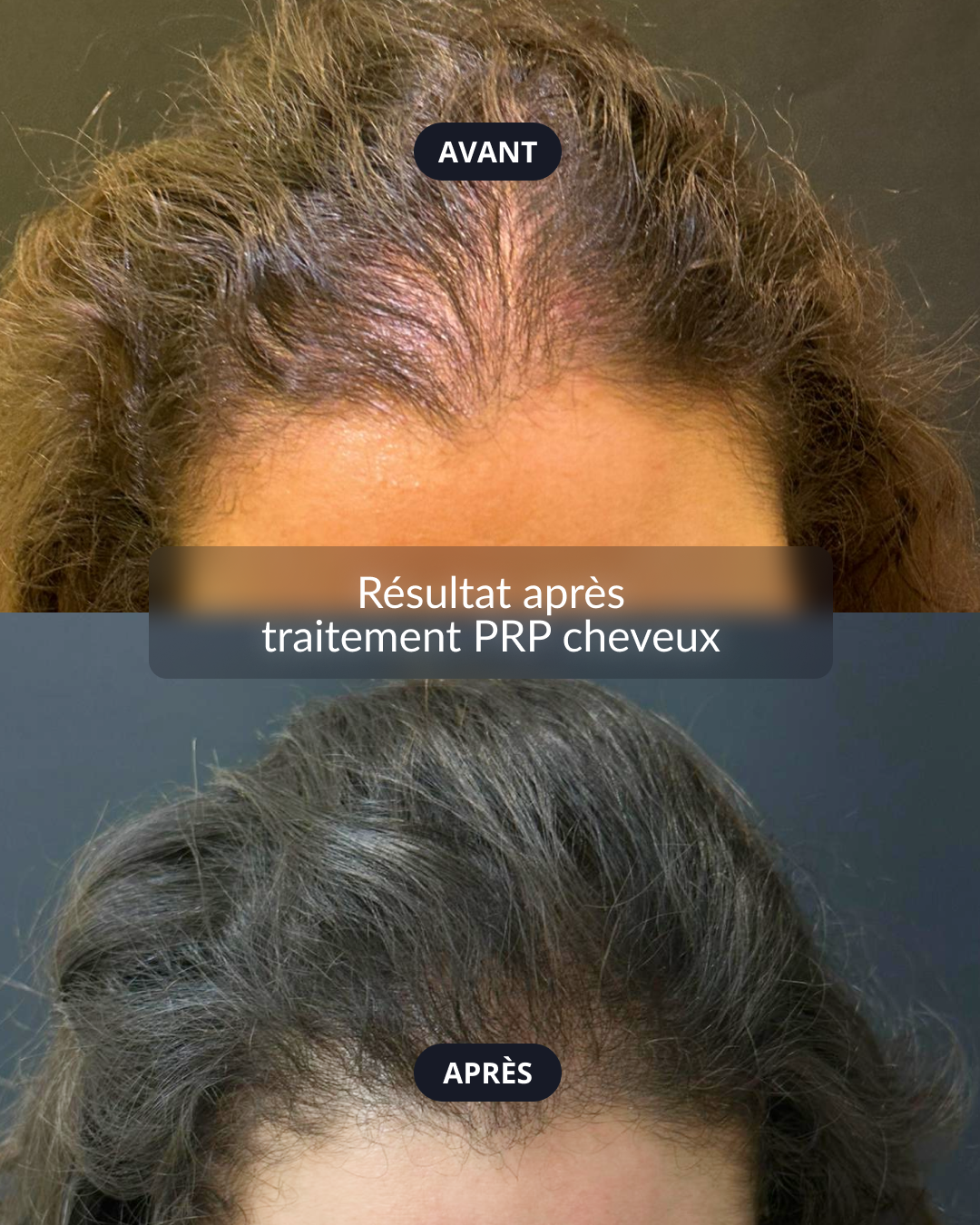



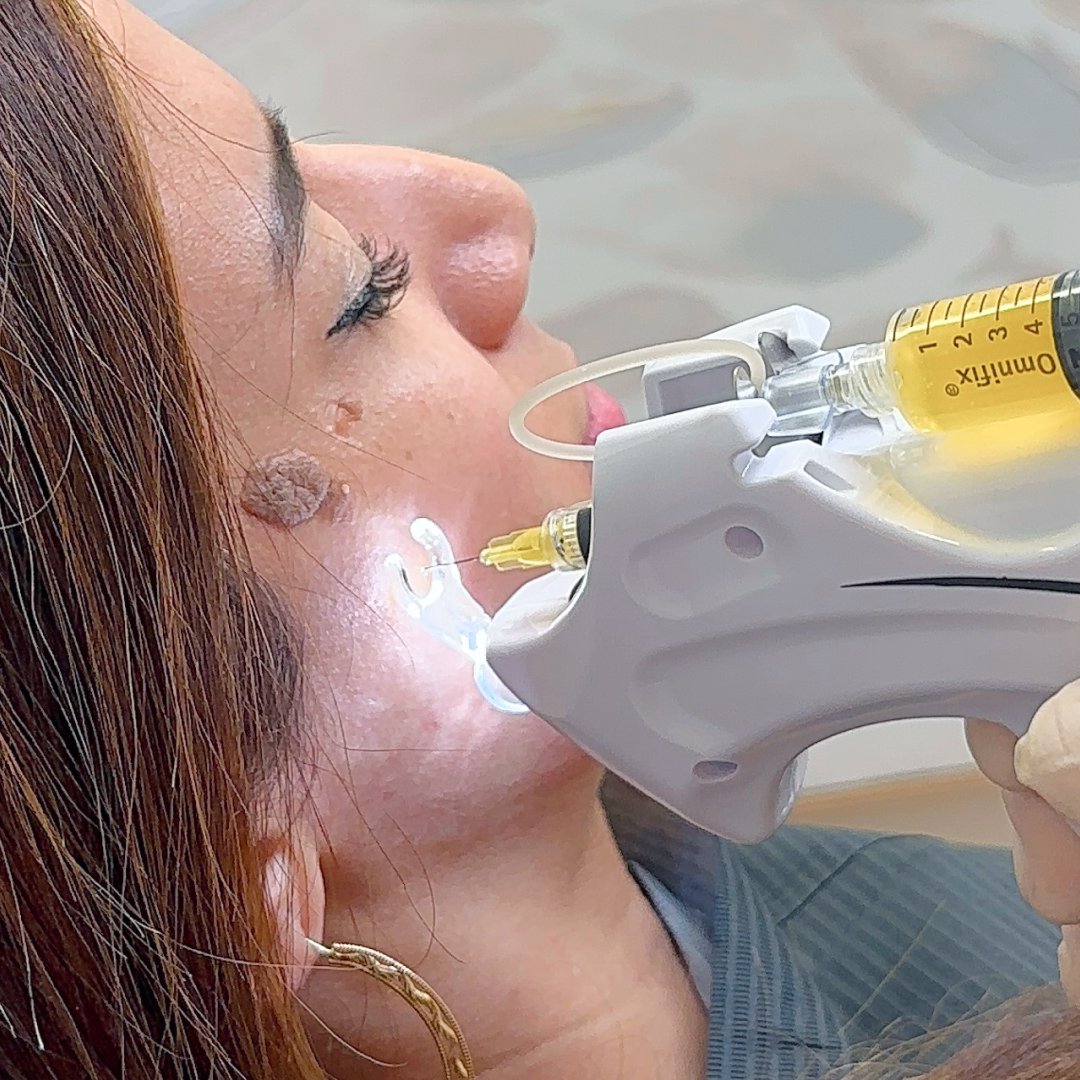



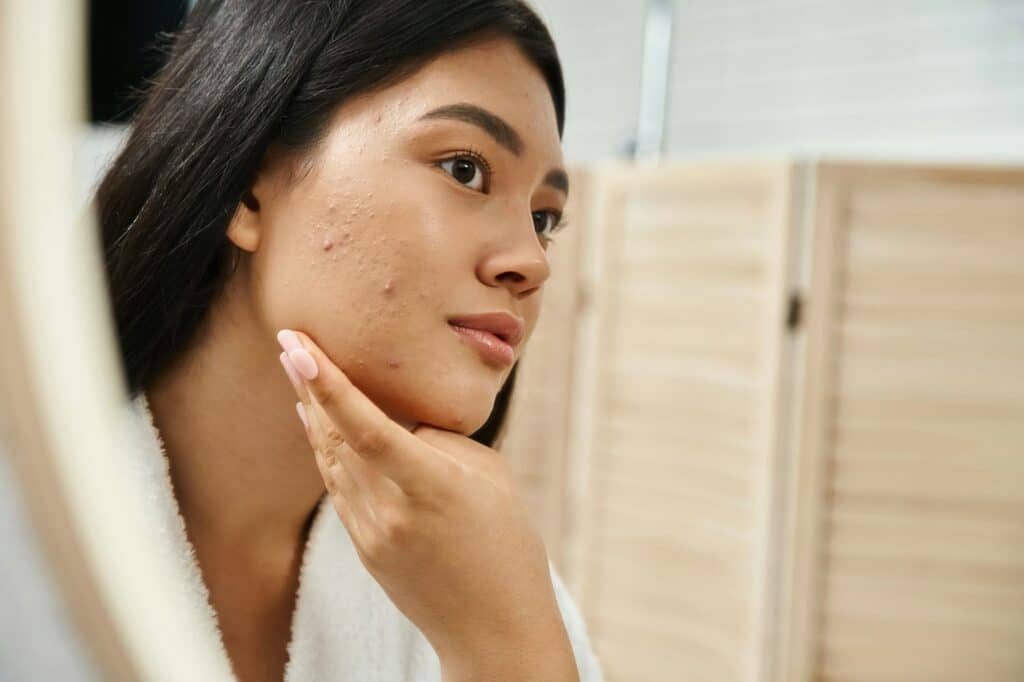
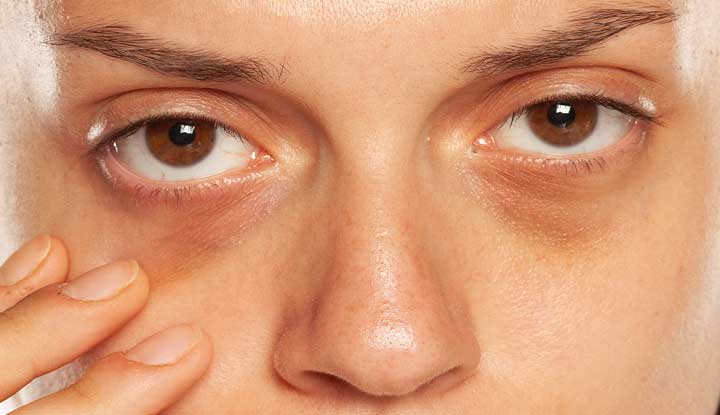

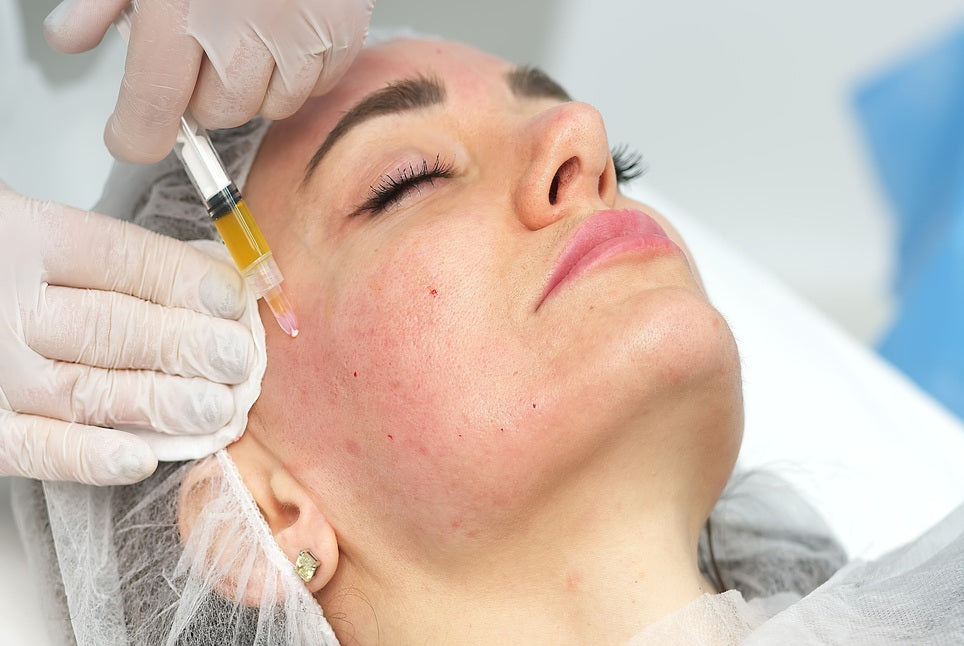
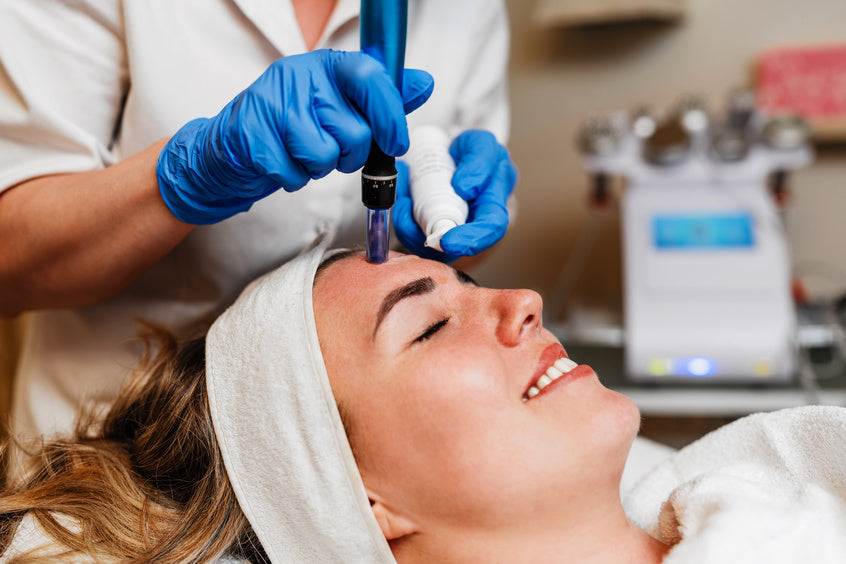
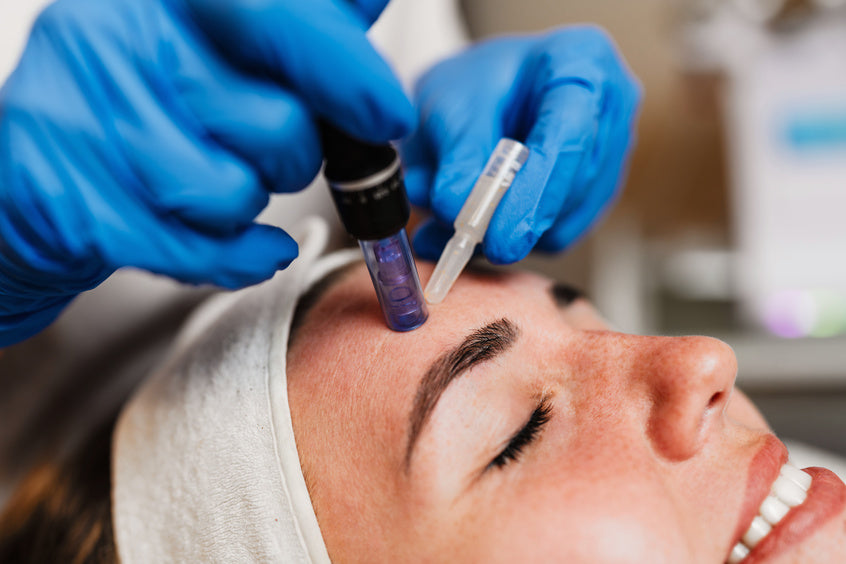


Share: